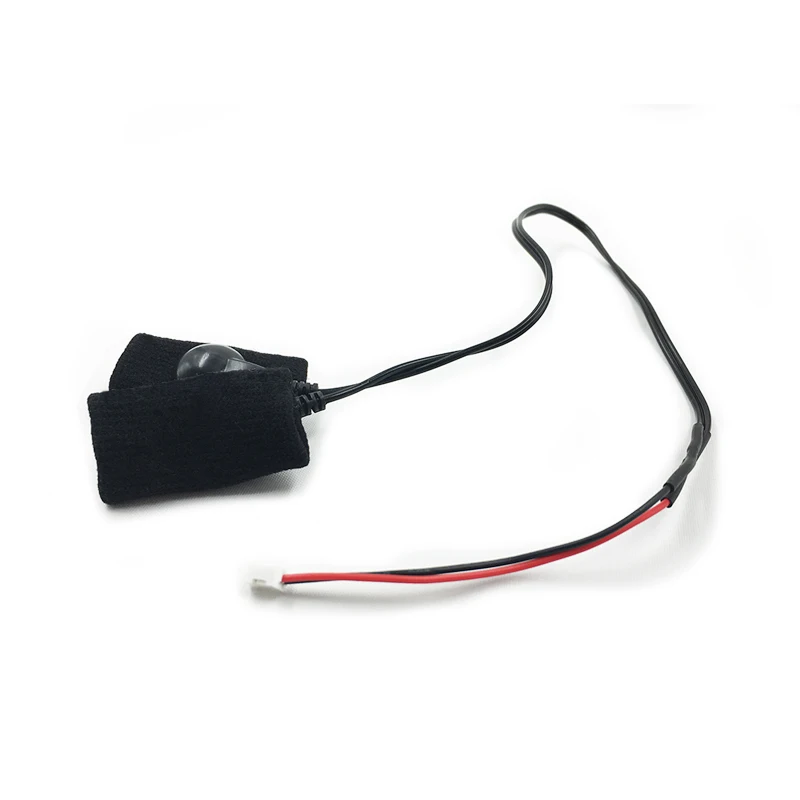
Picking a winner in the world of electrodermal activity wasn't easy – no-one is using the data in a meaningful way. So let's cut to the chase and pick three wearables that study galvanic response and pick one to wear, one promising contender for the future and one waste of skin. Even today there are a crop of devices that already use galvanic sensors, albeit far from effectively. However, the tech isn't new, and companies have had plenty of time to iron out the issues. But in the emotional rollercoaster of every day life, it's difficult to say when you're excited and when you're just a bit hot.

If you can pair the reaction to an event – like opening a big present – then sure, you can make that assumption. Experts have told Wareable in the past that just because your skin's getting hot and clammy doesn't mean that you're experiencing an emotion.
Galvanic skin response sensor diy how to#
This week we learnt more about the Feel wristband and got our first look at Zenta band by Vinaya, which use the technology to deliver supposed insights into what makes us happy and sad – along with advice on how to change our lives for the better.


They track electrodermal activity, which read by a tiny electric charge zapped across our super conductive sweaty skin.Įssential reading: Can a wearable actually read your mind? This lofty aim isn't achieved through voodoo tech but instead galvanic skin response sensors, which detect changes in skin temperature and conductivity to interpret how we might be feeling. Wearables that sense our emotions have hit the headlines this week, with two new wristbands that claim to use sensors to detect how we're feeling.


 0 kommentar(er)
0 kommentar(er)
